Designer’s Notebook: Draw, Draw, and Draw Some More
Mike Pekovich explains how he gets from that blip on a page to a finished piece of furniture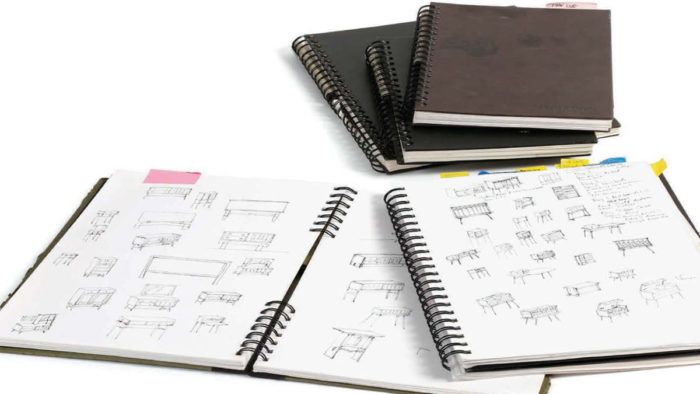
Synopsis: In this excerpt from The Why and How of Woodworking, Michael Pekovich shares the secrets of his sketchbook, and why the often simple act of sketching is the genesis of so many original designs.
When studying furniture making in college, I had gotten to the point where I’d make a project per semester. At the start of one semester, my instructor suggested that instead of making one piece, why not spend the semester designing furniture instead of building it. I was a little hesitant because my joy was in building and the school shop was the only access to a woodshop that I had. Still, I decided to give it a go. However, after the first design was complete, I dropped everything and began to build it, and there went the semester. Wisdom is wasted on the young. It’s taken a few years, but I’m finally putting that idea into practice.
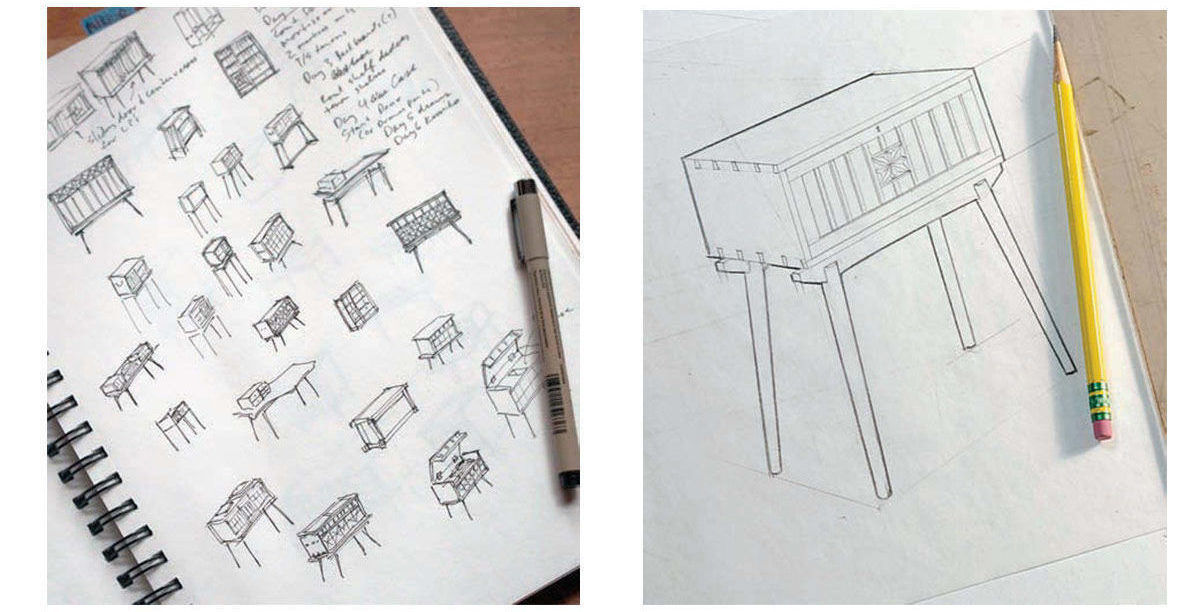
Today, I have a number of sketchbooks cluttering my house, each one with an ink pen threaded through its spine. In them, I make quick, small sketches, with just a few lines to conjure the idea of a piece. This all started a while ago, when I was in bed with the flu. I occupied my time by filling up a sketchbook with drawings, each maybe an inch square—too small to try and sweat the details, but enough to capture an idea. A rectangle became a cabinet or a bookcase. A vertical line became a divider, horizontal lines became shelves. The combination became doors or drawers, so that in quick, shorthand form, a dozen iterations of a piece could be conjured in just a few minutes. Fast, fast, fast. And fun.
When I recovered from the flu and revisited the sketchbook, my first thought was that I’d just designed more furniture than I could build in a lifetime. It was a depressing thought, but as I looked further, it became apparent that not all of the designs were worth building. A few here and there, however, caught my eye. Maybe it was just an errant squiggle of a line that suggested something more by accident than anything else, so I drew a few more sketches to try and capture that spark of an idea. And once I got hold of it, it was just a matter of fanning it into a flame and carrying that energy through the rest of the building process. Drawing has now become a habit, and instead of waiting until the start of a project before I figure out what to build, I now have a lot of ideas to choose from. I still have more than I can put to use, but going into a project with a design that I’m excited about is a wonderful thing.
Fanning the spark into a flame
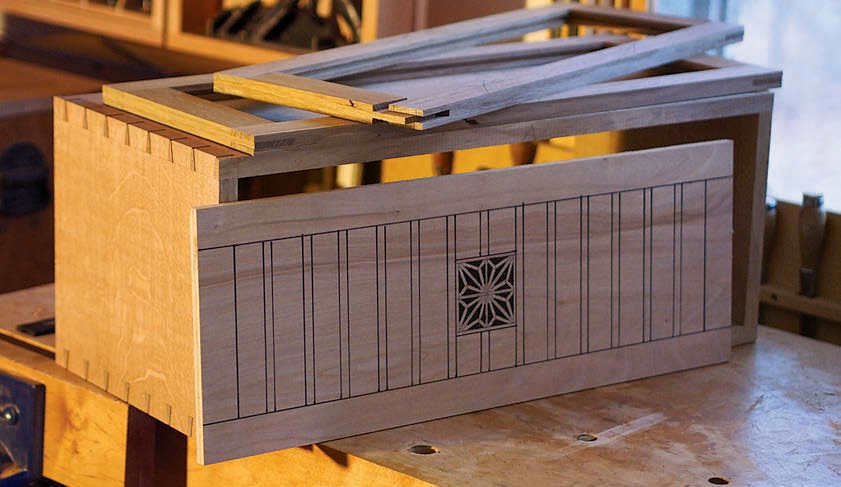
So how exactly do you get from that blip on a page to a finished piece of furniture? The good news is that finding the spark was the toughest part; trust it and it will get you the rest of the way home. While your idea may seem vague, it’s actually more concrete than you might suspect. The first step is to focus on the function: What will it do, what will it hold, how will we interact with it? That will begin to determine the scale, proportions, and features of the piece. From there you need to get a sense of how the piece will live in the real world. When I’m working out the scale of a project, I’ll look at everything around me—a filing cabinet, a water cooler, a cardboard box (anything I can look at and say, no, that’s too tall or too wide or too short or too narrow). By comparing the idea in your head with real-world objects, you can start to dial in exactly what you want. When I arrive at the ideal size of a piece, it’s rare that I know the exact dimensions of it. The key is that it fit what I had in mind. With that in hand, you can begin to draw to scale.
 To view the entire article, please click the View PDF button below.
To view the entire article, please click the View PDF button below.
From Fine Woodworking #274
More on Finewoodworking.com:
-
Display Cabinet on a Stand By Michael Pekovich #259–Jan/Feb 2017 Issue
-
A Visit to the Design Doctor by Matt Kenney #214–Sept/Oct 2010 Issue
Fine Woodworking Recommended Products

Stanley Powerlock 16-ft. tape measure

Blackwing Pencils

Compass



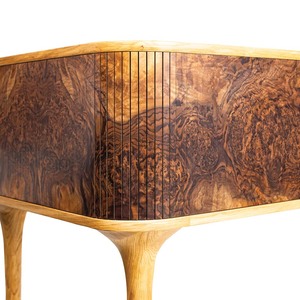

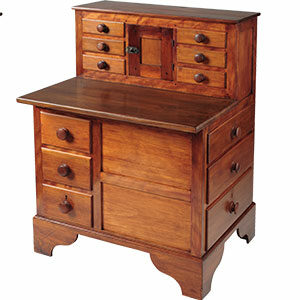
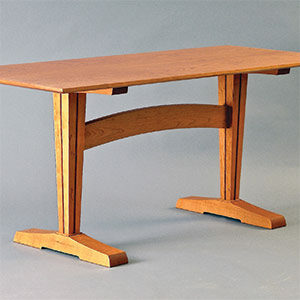
















Log in or create an account to post a comment.
Sign up Log in